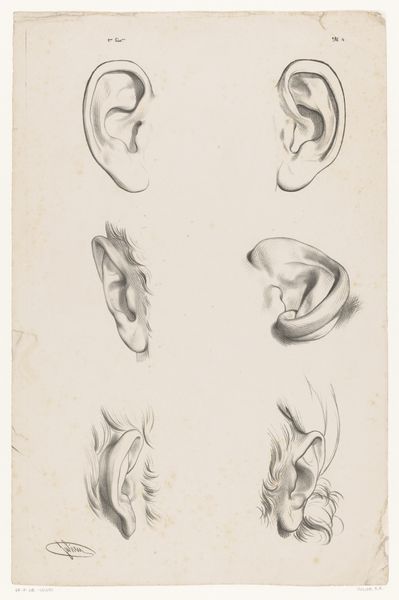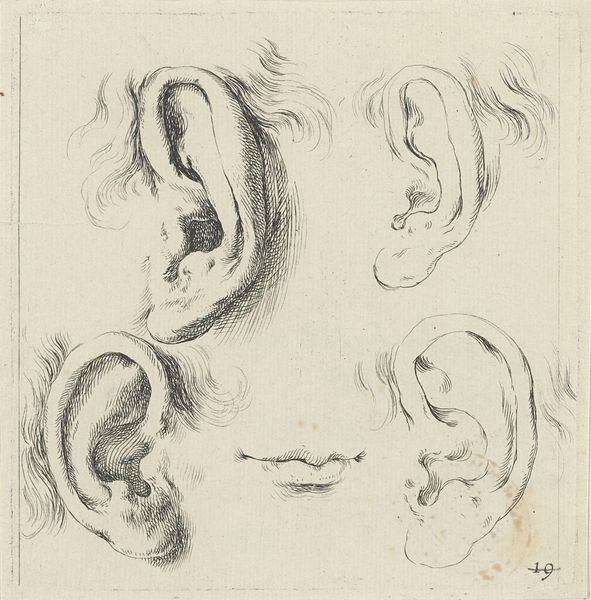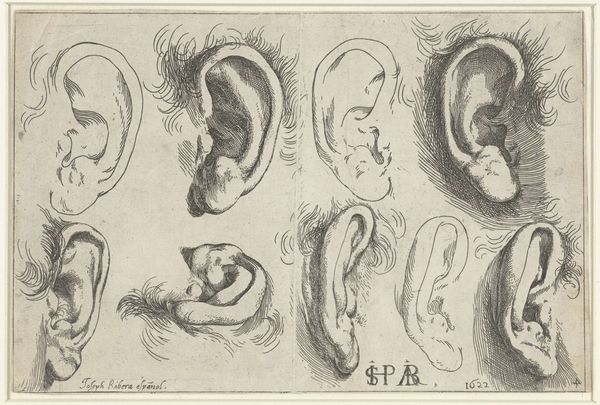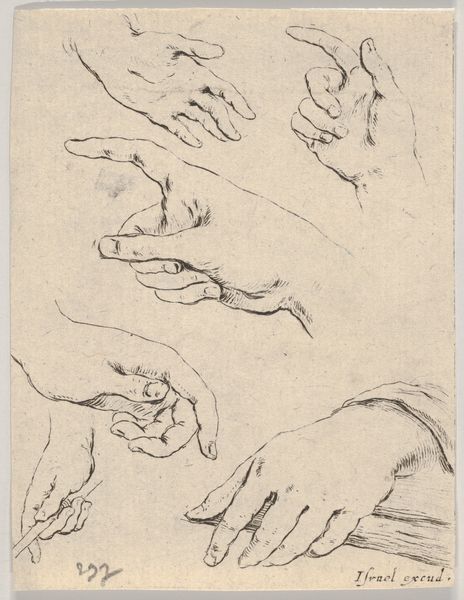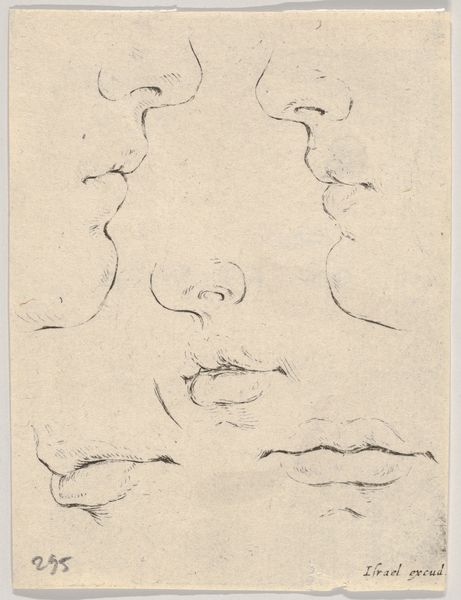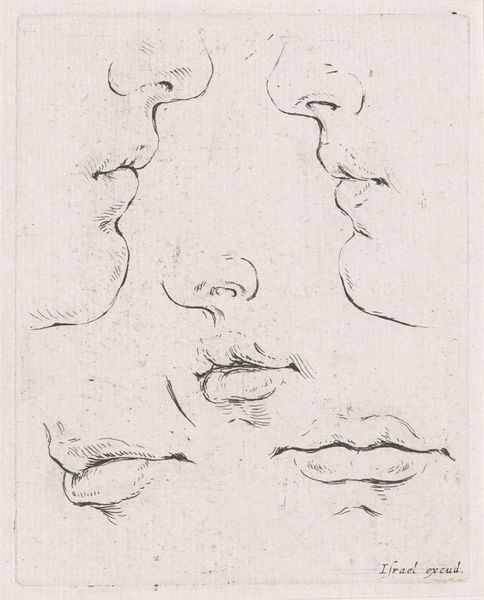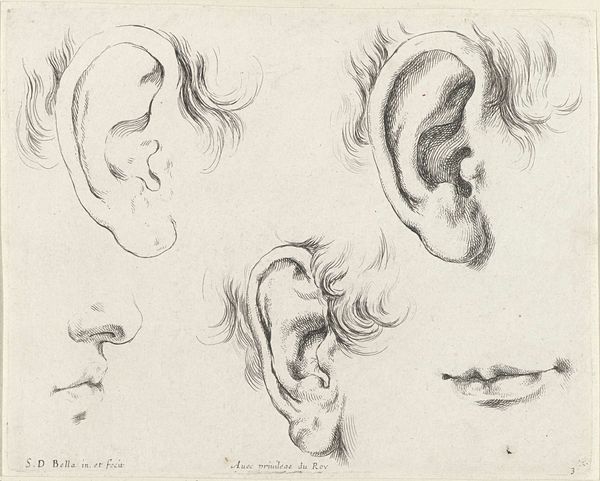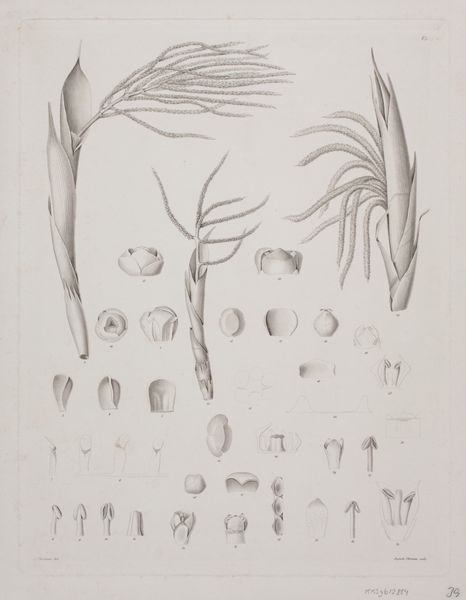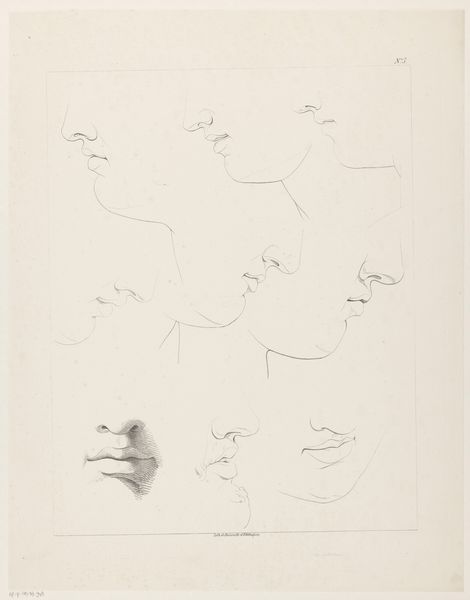
Plate 5: four ears, from 'The Book for Learning to Draw' (Livre pour apprendre à dessiner) 1647 - 1652
0:00
0:00
drawing, print, paper, ink
#
drawing
# print
#
figuration
#
paper
#
ink
Dimensions: Sheet: 3 5/16 x 2 1/2 in. (8.4 x 6.4 cm)
Copyright: Public Domain
Curator: Welcome. We're looking at "Plate 5: four ears, from 'The Book for Learning to Draw'," created between 1647 and 1652 by Stefano della Bella. The artwork is currently housed at the Metropolitan Museum of Art. Della Bella worked with ink on paper. Editor: My first impression is that there is something incredibly visceral about the lines, though they seem hastily rendered, as though he wanted to capture form more than perfection. Curator: Absolutely. Considering the title, it’s no surprise that these studies served pedagogical purposes. It offers insight into 17th-century artistic training, emphasizing the importance of mastering human anatomy as a crucial component for effective, believable figure drawing. These ears aren't simply anatomical studies; they symbolize attention and listening—important traits to cultivate. The artist is encouraging an acute understanding, which can also apply to broader society by teaching the viewer to listen to societal cues. Editor: I appreciate that perspective. I’m drawn to how each ear displays distinct variations in shape and the application of light and shadow through ink washes and hatching. The meticulous shading lends each ear a sculptural quality, transforming the two-dimensional drawing into something that hints at three-dimensionality. Notice, also, how Bella captures the curvature and subtle details of each ear. Curator: These prints circulated widely in their time, informing not only artists but also reflecting and shaping the visual culture and social sensibilities of their time. We need to consider how the commodification and distribution of knowledge during this period was largely impacted by power relations of class and religion, which are not always easily apparent in seemingly neutral anatomical studies such as this one. Editor: What I find enduringly interesting is that these individual elements of anatomical study demonstrate the potential of line, shading, and form to exist both for pragmatic instructive ends and for more complex explorations. The visual texture, the contrast between line and shadow... It encourages deeper investigation of its simple subject matter. Curator: This drawing reminds us that even seemingly mundane sketches can be imbued with significance, prompting us to question their role in historical narratives and social constructs. Editor: Indeed. Examining the building blocks is always important when trying to create something larger.
Comments
No comments
Be the first to comment and join the conversation on the ultimate creative platform.
